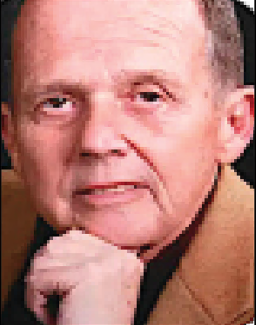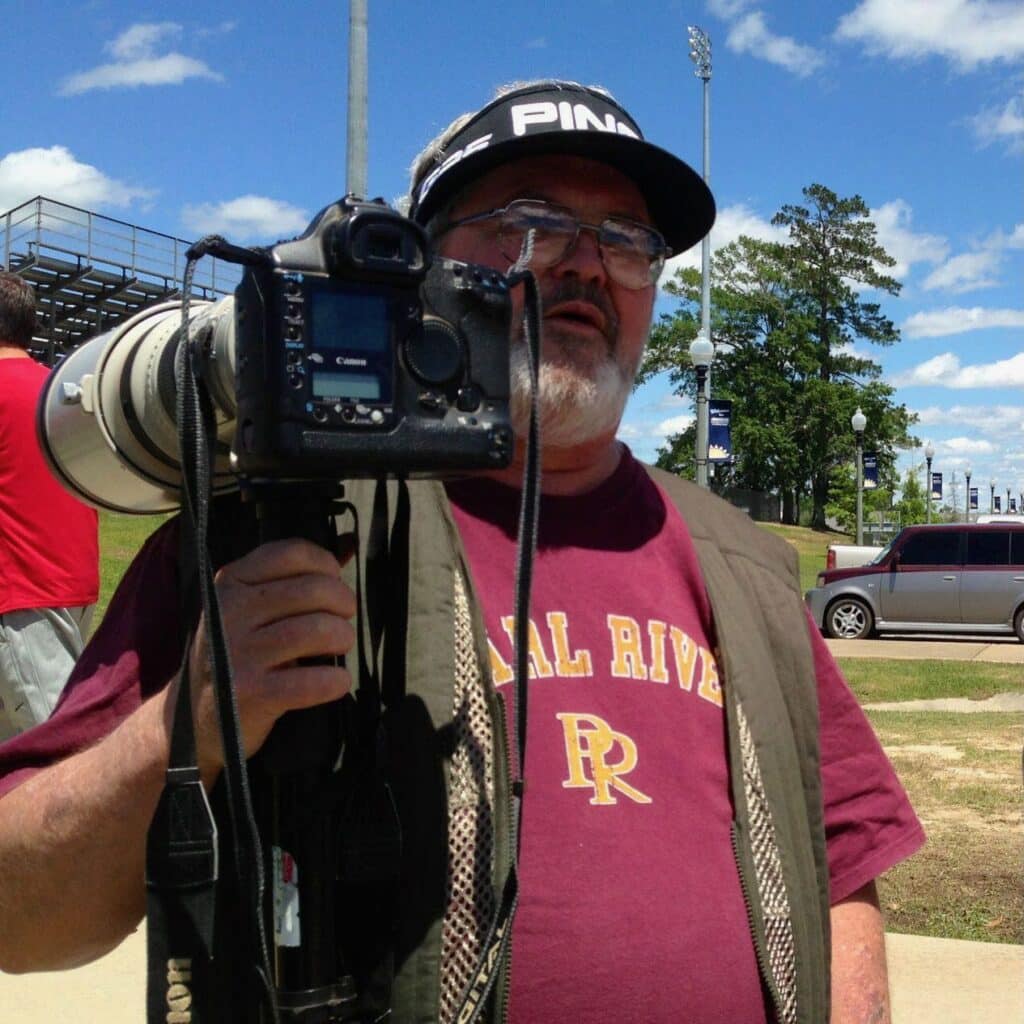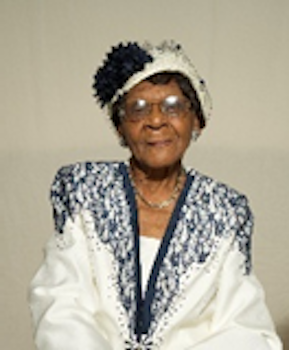San Francisco’s old-fashioned Chinatown still seen as home, even to hip Chinese-American teens
Published 10:31 pm Saturday, November 18, 2006
Noisy, crowded and scented by the fresh herbs and dried mushrooms sold from open-air produce stands, Chinatown can seem old-fashioned to a generation hooked on iPods, cell phones and YouTube.
Yet Chinese-American teens in San Francisco have a complicated relationship with the biggest of the nation’s many Chinatowns.
They might laugh at the sight of a tourist looking for bargains among the plastic Buddhas and elderly shoppers picking through bins of flopping fish, but they also see Chinatown as home — whether they live in its densely packed blocks or visit regularly from the suburbs.
Trending
“Universally, kids will seek a place of comfort,” says Ben Wong, director of the Chinatown Beacon Center, a community organization that offers education and leadership programs for youth. “They naturally connect, based on ethnicity, language, socio-economic status. If they leave, they come back.”
For more than 150 years, the neighborhood has sheltered immigrants. It’s one of San Francisco’s biggest tourist draws, but still offers new arrivals a first toehold, a network of support and the reassurance of familiar languages and customs.
This is what sets it apart from other ethnic neighborhoods that within decades can go from a dynamic community to little more than a collection of restaurants and quaint signs. The Chinese have been a part of San Francisco from the city’s inception, and the neighborhood is a physical reminder of those roots.
“I couldn’t really leave this place,” says Tony Liu, a 16-year-old high school senior who has lived in Chinatown since the 1980s. “I’d miss being around other people who are Chinese.”
The young people who live and congregate here confront the same challenges faced by inner-city youth of all backgrounds: difficulty accessing good health care, quality education and decent housing. In hotels where one room can house a whole family, there’s a lack of recreational opportunities and space kids can consider their own, said Jan Lin, a professor at Occidental College and author of “Reconstructing Chinatown: Ethnic Enclave, Global Change.”
There are drawbacks, but there is also a sense of community that draws teenagers like Vinson Chen, 17, who helps his parents run a general store in Chinatown although he lives across town.
Trending
“We speak the same language, have the same roots,” he said.
The Chinese were an integral part of San Francisco’s wild Gold-Rush days, but for decades segregationist practices forced them to pack their lives into a dozen or so square blocks. They provided for themselves what the outside world would not: schools, markets, medical care and entertainment. They built a home in a country that was intent on making them feel unwelcome.
The 1906 earthquake destroyed the old Chinatown, as well as most of downtown San Francisco. Some local leaders saw it as an opportunity to sweep the enclave away altogether.
“The cities in the immediate vicinity of the San Francisco Bay never in the past had such opportunity as now to forever do away with the huddling together of Chinese in districts,” the Oakland Enquirer wrote days after the destruction.
Instead, the neighborhood was rebuilt, this time in an elaborate Oriental style featuring curved eaves and colorful lanterns designed to attract tourists even as it continued to house traditional family associations, herb shops and restaurants.
Today, the largest number of ethnic Chinese in the city live in the Sunset district. When a Board of Supervisors candidate seeking to represent the Sunset held his first fundraiser, he held it in Chinatown.
“Whether you’re living in the Sunset or other parts of the city, you’ll return to Chinatown because that remains the cultural and political center of the Chinese-American community,” says David Lee, executive director of the Chinese American Voters Education Committee and a professor of political science at San Francisco State University.
It’s that spirit of community that attracts 16-year-old Seward Wuan, who often leaves his ethnically diverse neighborhood across town to link up with friends in Chinatown.
In Chinatown, he said, “you feel you know yourself better, you know what your identity is.”





